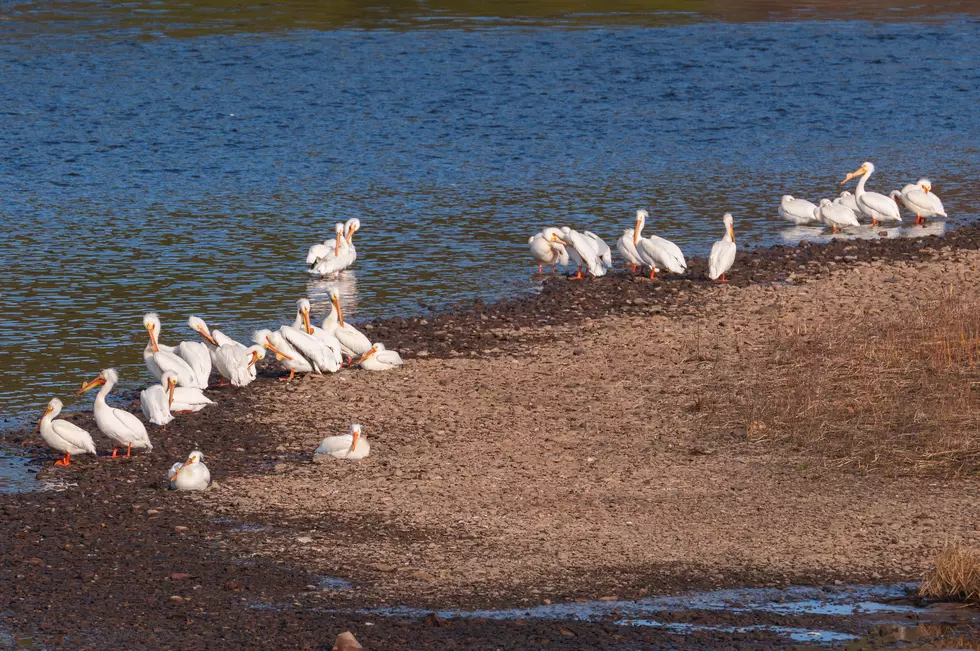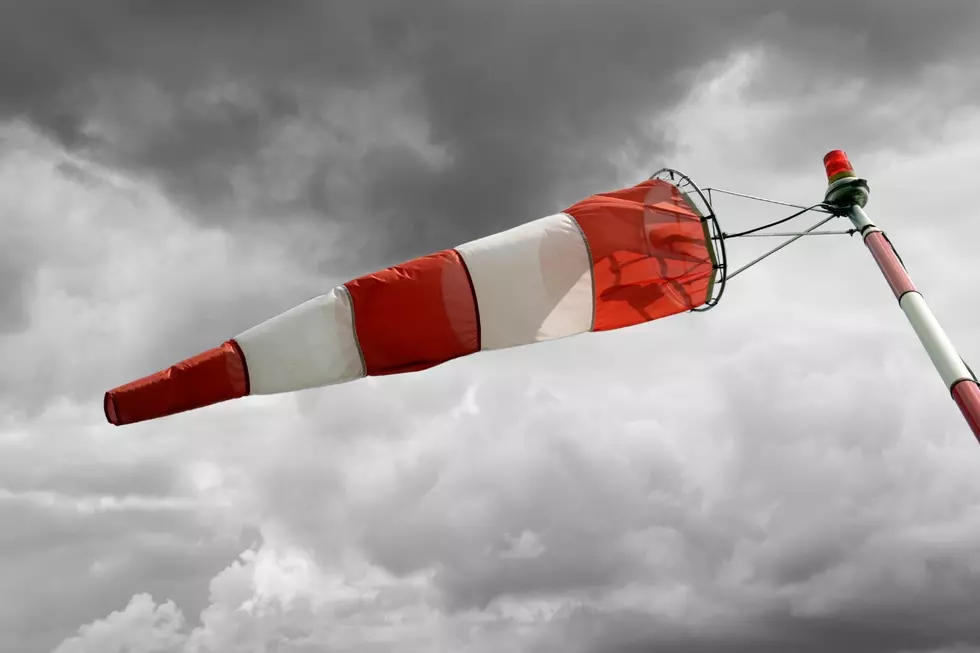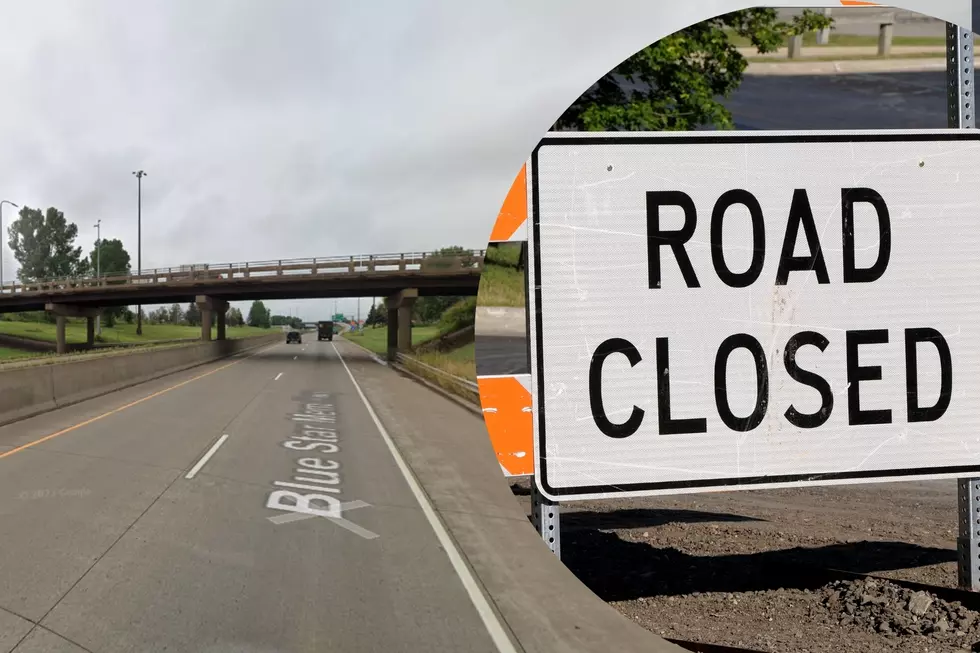
How And When To View The 2017 Solar Eclipse In The Duluth / Superior Area
A solar eclipse will sweep across the United States on Monday, August 21, 2017. The cool thing about this eclipse is that everyone in the United States will be able to see it. It just won't be a total eclipse for everyone, depending on where you are. What will the eclipse look like in the Twin Ports? How and when exactly can you see it? Here's what to know.
If you get solar and lunar eclipses confused, a solar eclipse is when the moon gets between the earth and sun, leading to a shadow being cast on the surface of the planet. That's what is happening on August 17. A lunar eclipse, on the other hand, is when the earth gets between the sun and moon, making the moon "go dark" for a period of time.
The 70 mile-wide path of the total eclipse will pass from Northern Oregon through Idaho, Wyoming, Nebraska, Missouri, Illinois, Kentucky, Tennessee, Georgia, and North & South Carolina, but varying levels of "totality" of eclipse will be seen in each of the 50 states as well as the rest of North America.
What will the eclipse look like for us in the Duluth-Superior area and when will it peak for us? It is worth noting that times will vary slightly depending on location, but according to NASA's Total Eclipse Map, the eclipse will begin at approximately 11:46 am (Duluth time) and will peak at about 1:07 pm. The eclipse will wrap up at roughly 2:28 pm. You will want to use NASA's Total Eclipse Map to get an exact time, but note that they use universal time (UT) on their map, so you'll need to convert it to local time by subtracting 6 hours from the time listed on the map for times in the Central Time Zone. More about UT time conversion here if you need it.
As noted above, the eclipse will not be a total eclipse for us here in the Twin Ports. At peak, the eclipse will be just over 76% obscured (again, varying slightly depending on where you are), which will make things darker than normal for that time of day. UC Berkley and Google created this cool simulator to show the timeline of the eclipse around the country and roughly what it will look like.
If you're planning on checking out the eclipse, it is important to do it safely. The most important rule is to never look directly into the sun, even during an eclipse without proper eye protection. One of the most commonly suggested and widely available ways to filter the sun's harsh light is to use #14 welder's glass. If you are going to use a welder's helmet, be sure the shading is at a minimum #14 to be sure to keep your eyes safe. Another common protection method are glasses made of paper or cardboard that use a protective film as lenses. NASA is warning people to be aware that there are some glasses of this sort on the market that are not safe. Here is NASA's warning message on these products.
Map of August 21, 2017 Eclipse Path
More From MIX 108









